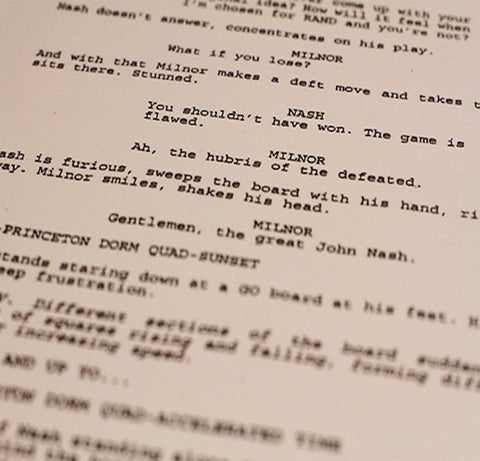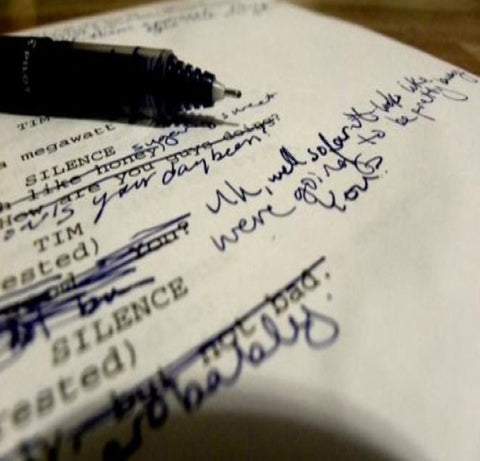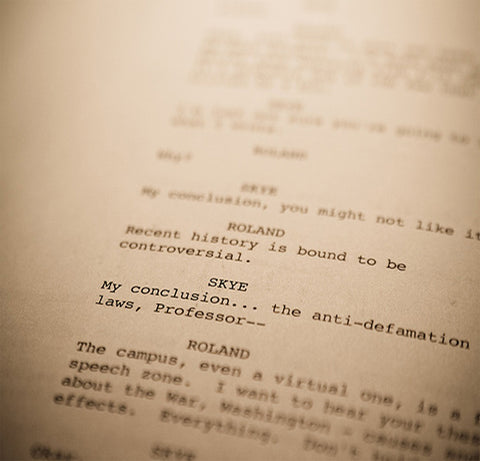
CRAFTING THE ROMANTIC RELATIONSHIP
Let’s talk about the mechanics of crafting a romantic relationship in a story. Some of these thoughts only apply in a romance or romcom, others apply to a love interest relationship in any given genre.
A-story. If we’re talking about a romantic drama or comedy, the romance is the A-story. Meaning: it’s the load-bearing spine of the narrative; the “what the movie is about” aspect of the story. Anything else going on in the narrative is an expression of the A-story.
The pay-off of a romance is the two leads fall in love.
Fulcrum. The two romantic leads are the fulcrum relationship. Meaning: these are the two characters whose choices and actions determine the main business of the A-story. One pushes, so the other pulls, back and forth.
Typically, the two characters are the prime source of conflict for each other. This is easy to craft in, say, an action movie, in which the fulcrum relationship are protagonist and antagonist. But in a romance, we need our two leads to create conflict for each other, but in the end not only resolve their differences, but fall in love.
If there is no conflict, then the two leads just instantly fall in love the second they meet, and thus there is no story to tell. At core, a romance is the story of two people who fall in love despite the challenges.
Audience engagement. A romance is only successful if the audience is engaged in rooting for the two leads to fall in love. Their conflicts might be understandable, but the audience is behind the leads getting over their challenges so they can get together and deliver the pay-off of the genre. What this means is the audience has to not only sympathize with and like both leads, they have to be invested in the happiness the leads will clearly find with each other.
Development. Between the two leads, one is going to be a bit more of a protagonist than the other. However, both leads need to be equally well-developed. To be sure this is the case, here is the litmus test. Ask: “If we were to remove one of our two main characters, would we still have a movie? If only one of these characters was in the story, is there still a story to tell?”
If the answer is “yes,” then we’re looking at two equally well-developed characters. If the answer is “no,” that might mean the script is looking at one or the other lead as just a “love interest.” A perhaps idealized character, but still just that – a character, not a person.
Want/Need. In crafting character motivation, there is want and there is need. Very often, we can create conflict in the romantic relationship by starting the story with each lead pursuing a want. Love comes when they realize that each uniquely fulfills a need with the other. Resolving the want and the need help the characters to fall in love.




